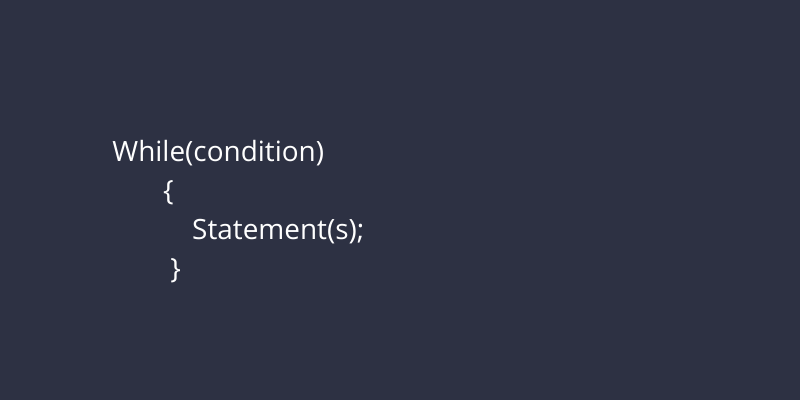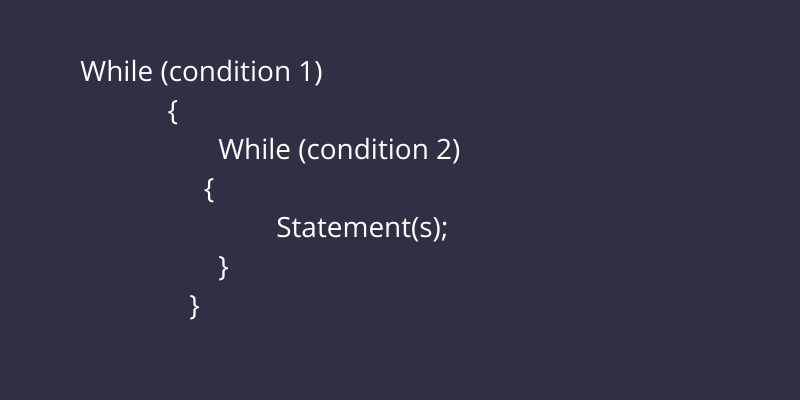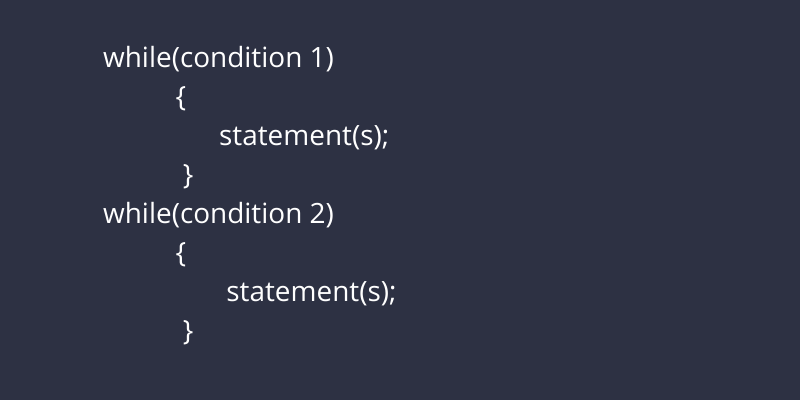01 Oct

What is Loop Testing?
Loop Testing is a kind of software testing that checks the accuracy of the loop constructions. There is one component of Control Structure Testing for path testing, validation testing for wrong data, and condition testing for different scenarios.
Loop testing is an example of white-box testing. This technic is used to test software loops and it is one type of control structure testing.
Why do loop testing?
We have performed a loop test because of the following reasons:
- Testing can help to resolve loop repetition observation.
- Loop testing can estimate conditions in performance and facility.
- The loop’s uninitialized variables can be detected by testing loops.
- It aids in the classification of loop starting issues.
- Testing can return the loop to routine issues.
- Loops testing can reveal production/capability bottlenecks
- It serves to classify the loop’s beginning queries.
How to do Loop Testing − Complete Methodology?
It must be tested with three separate stages within the testing loop −
- When the loop is activated.
- When the loop is executed.
- When the loop is terminated.
Types of Loop Test
Here different 4 types of loop tests −
- Simple loop
- Nested loop
- Concatenated loop
- Unstructured loop
Below explain these 4 types of loop tests in detail.
1) Simple Loop
Testing performed by one simple loop is known as Simple loop testing. In simple loops normally added “for”, “while” or “do-while” loops in which we have given condition and loop run and terminates according to true and false condition result. This type of testing is performed basically to test the different conditions of the loop. Below is the syntax of the simple while loop.
Example:
Below are the described steps of how a simple loop is tested −
- Neglect the whole loop.
- Make only one pass over the loop.
- Make a greater number of passes through the loop where a<b, where the maximum limit of passes is n.
- Make b, b-1; b+1 passes through the loop, where the highest number of passes is the “b” through the loop allowed.
2) Nested Loop
Testing performed in a nested loop means loops under the loop is known as Nested loop testing. This means a Nested loop is the finite number of loops inside another loop. It may be for, a while, or a do-while loop. Below is the syntax of the nested loop.
Example:
You must perform the following steps to create a nested loop −
- Adjust all the other loops to their minimum value and start with the deepest loop.
- Start a simple loop test on the innermost loop and keep the outside loops at their minimum iteration parameter value.
- Conduct the test for the following loop and make your way outwards.
- Keep testing till reached the outermost loop.
3) Concatenated Loop
Testing done using the concatenated loop is known as Concatenated loop testing. It is performed on the concatenated loops. In a concatenated loop, one loop is after another loop. It is one type of loop chain. The difference between nested and concatenated is that in the nested loop one loop is inside the other loop and for Concatenated loop is one loop after the other loop.
In the concatenated loops, if two loops are tested as independent of each other then they both are tested using simple loops or else test them as nested loops.
If here one loop counter is used as a starting value for other loops then we cannot consider it as independent loops.
Example:
4) Unstructured Loop
The unstructured loop is the combination of nested loops and concatenated loops. It is basically a collection of loops that are in no order.
In unstructured loops, the construction of the loops is must be restructured for representing the use of structured programming techniques.
Example:
Advantages of Loop Testing:
Below are the advantages:
- It limits the number of repetitions of the loop.
- It assured that the program doesn’t go into an infinite loop process.
- It endures starting of every used variable inside the loop.
- It is used in the identification of different problems inside the loop.
- It is used in the assurance of capacity.
Disadvantages of Loop Testing:
Below are the disadvantages:- It is most effective in bug detection in low-level software.
- It is not useful in bug detection.
Limitation of Loop testing
- Loop issues are almost common for all low-level applications.
- The issues found during the loop testing are not important.
- Most of the defects may be identified by the operating system, resulting in storage boundary breaches, identifiable pointer issues, and so on.
Summary:
- In software engineering, loop testing is a sort of white box testing. Loops in the program are evaluated using this method.
- Loop testing can reveal functionality and operational restrictions.
- Loop problems are very common in low-level applications.
Twisa works as a Software Tester at QACraft. She is a Computer Engineer with a degree and she has 5+ years of experience in the QA field(Manual as well as Automation Testing). As an automation tester, she has good knowledge about Automation testing of web-based applications using selenium Webdriver. In her free time, she loves to explore new technologies.
Related Post
Categories
- Agile Testing
- Android App Testing
- Automation Testing
- Banking Domain Testing
- cloud testing
- Corporate Life
- Cypress Testing
- desktop testing
- Domain Testing
- E-commerce Website Testing
- E-learning App Testing
- Functional Testing
- Functional Testing
- Game Testing
- Gaming
- Healthcare Domain Testing
- Infographics
- Ios App Testing
- JIRA
- Manual Testing
- Mobile App Testing
- monkey testing
- Performance Testing
- Salesforce Testing
- Selenium
- Software Testing
- static testing
- Web Application Testing
© Copyright 2023 QACraft Pvt. Ltd. All rights reserved.
Contact : +91 9157786796



Twisa Mistry